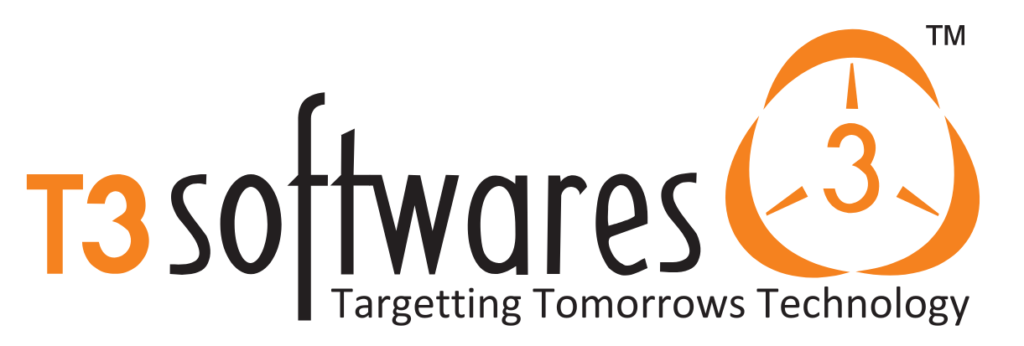With only seven days left until Christmas, I find myself in a familiar dilemma: I have nothing special to wear for the occasion. As a busy professional, I simply don’t have the time to visit physical stores. Thankfully, e-commerce has become an integral part of our daily lives, making online shopping a breeze.
The Rise of E-Commerce
Today, the buying and selling of goods and services online is as easy and secure as any other daily activity. People have become so accustomed to shopping through e-commerce platforms that they now buy almost everything online. It’s no surprise that many brick-and-mortar stores are transitioning to virtual spaces. This shift not only reduces expenses related to physical storefronts—such as rent, electricity, and staffing—but also allows businesses to invest in developing robust e-commerce platforms that can be more profitable in the long run.
Benefits of Online Shopping
E-commerce offers a multitude of advantages that traditional shopping simply can’t match. Customers now have access to:
- More Options: A wider variety of products and services at their fingertips.
- Price Comparisons: Easily compare prices across multiple vendors to ensure the best deal.
- Detailed Product Information: Access to in-depth product descriptions, specifications, and reviews.
- Convenient Payment Options: Pay bills and make purchases without standing in line or wasting time traveling.
The convenience of online shopping allows people to avoid queues and have everything delivered right to their door—all with just a click.
Understanding E-Commerce from a Business Perspective
For business owners, it’s crucial to understand the fundamentals of e-commerce. Essentially, e-commerce refers to the buying and selling of products and services through computer applications that rely on the internet. There are various types of e-commerce portals that businesses can consider:
1. B2C (Business-to-Consumer) E-Commerce Portal
This type of portal allows businesses to sell directly to their customers. It focuses solely on individual consumers, enabling them to browse and purchase products from a single company.
2. B2B2C (Business-to-Business-to-Consumer) E-Commerce Portal
In this model, a business allows other companies to post their products and services on its platform. Customers can then shop from a variety of vendors, gaining access to a wider selection of goods and services.
3. B2B (Business-to-Business) E-Commerce Portal
This portal is designed for transactions between businesses. Companies can buy and sell goods and services to one another, streamlining the procurement process.
Key E-Commerce Processes
To successfully implement an e-commerce strategy, businesses must focus on several key processes, including:
- Access Control and Security: Ensuring that customer data and transactions are secure.
- Profiling and Personalization: Tailoring the shopping experience to meet individual customer needs.
- Search Management: Implementing effective search functionalities to help customers find products easily.
- Content Management: Managing product descriptions, images, and other content efficiently.
- Catalog Management: Organizing and maintaining product listings.
- Payment Solutions: Providing a variety of secure payment options for customers.
- Workflow Management: Streamlining internal processes to enhance efficiency.
- Event Notifications: Keeping customers informed about order statuses and promotions.
- Collaboration and Trading: Facilitating partnerships between businesses for mutual benefit.
Conclusion
As we approach the festive season, the importance of e-commerce in our lives becomes even more apparent. For busy individuals like myself, the convenience of shopping online is invaluable. From a business perspective, understanding the various e-commerce models and processes is essential for success in today’s digital marketplace.
Whether you’re a consumer looking for the perfect holiday outfit or a business owner aiming to capitalize on the e-commerce boom, embracing this online shopping revolution is the way forward. So, let’s raise a toast to the convenience of e-commerce—because it truly is changing the way we shop and do business!

